The internet’s next existential crisis won’t be disinformation or deepfakes. It will be copper.
The world is building AI like it’s Minecraft, stacking data centers, transmission lines, and cooling systems with little regard for the physical limits beneath them. Everyone is focused on models and computation, but few acknowledge the metal that makes them run.
Every piece of modern electrical infrastructure—not just AI—depends on copper. AI data centers are simply accelerating demand. One hyperscale facility can require tens of thousands of tonnes of copper. For example, one Microsoft data center used over 2,000 tonnes, or 27 tonnes per megawatt. A McKinsey report predicts that overall transmission build-out could push annual global copper demand up to about 37 million tonnes by 2031.
Accessible copper is running out. More than 70 percent of global reserves are locked in ores that conventional mining struggles to process efficiently. Tens of billions of tons sit idle in waste piles and marginal deposits, overlooked by industry but still rich with potential.
That potential is what drew me here. As a geoscientist who later worked in energy and cloud infrastructure, I saw firsthand the growing need for copper—and realized I had the knowledge to help address it. In 2023, I founded a startup called Endolith to recover copper from these forgotten sources. The tool is not drills or dynamite. It’s microbes.
How microbial mining works
These microbes are naturally evolved, field-deployable, and highly effective at recovering copper from complex ores such as chalcopyrite and enargite. They thrive in leaching heaps under real-world conditions, working with real customers. And the bonus: They use less energy, deliver more copper, and have a smaller environmental footprint than traditional methods.
And what are those traditional methods? Typically, mines extract copper from ores by grinding the rock, concentrating the ore, and then using high-temperature smelting or chemical leaching with strong acids. Both approaches are energy-intensive, slow to unlock copper, and leave behind large volumes of waste and emissions.
Endolith researchers use machine learning to determine which microbes to deploy at a given site and how to adjust the mix over time. Dynamic Tech Media/Endolith
In contrast, our “microbial minions” work by accelerating the natural process of bioleaching. Instead of relying on smelting or harsh acids, Endolith’s microbes attach to the ore and pull out the copper faster. They adapt to the chemistry of different rock types, recover more metal, and do it with lower energy use and less environmental impact.
To make this possible, we rely on machine learning. Genomic and metabolic data from thousands of microbes are modeled to predict which strains can survive in extreme ores such as chalcopyrite or enargite, and how they will perform under different environmental conditions. These models guide which microbial communities are deployed, how…
Read full article: As AI Spurs Copper Demand, Microbes Offer a Solution

The post “As AI Spurs Copper Demand, Microbes Offer a Solution” by Liz Dennett was published on 10/09/2025 by spectrum.ieee.org












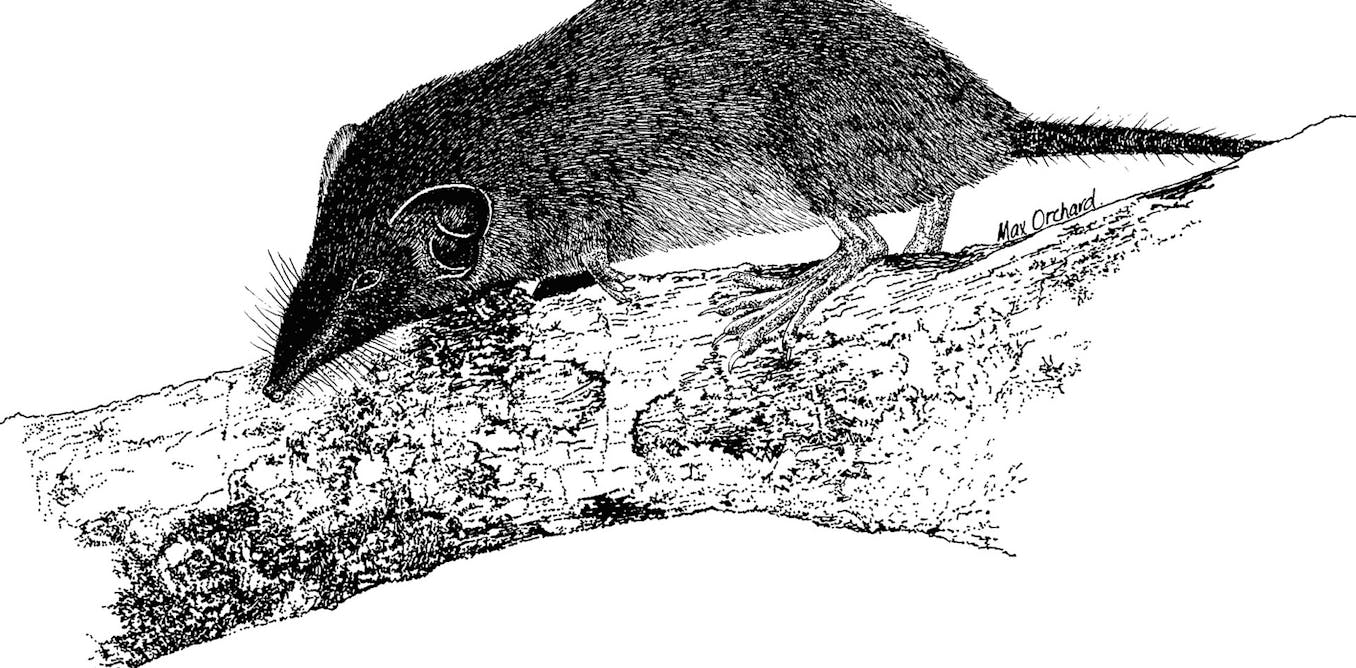
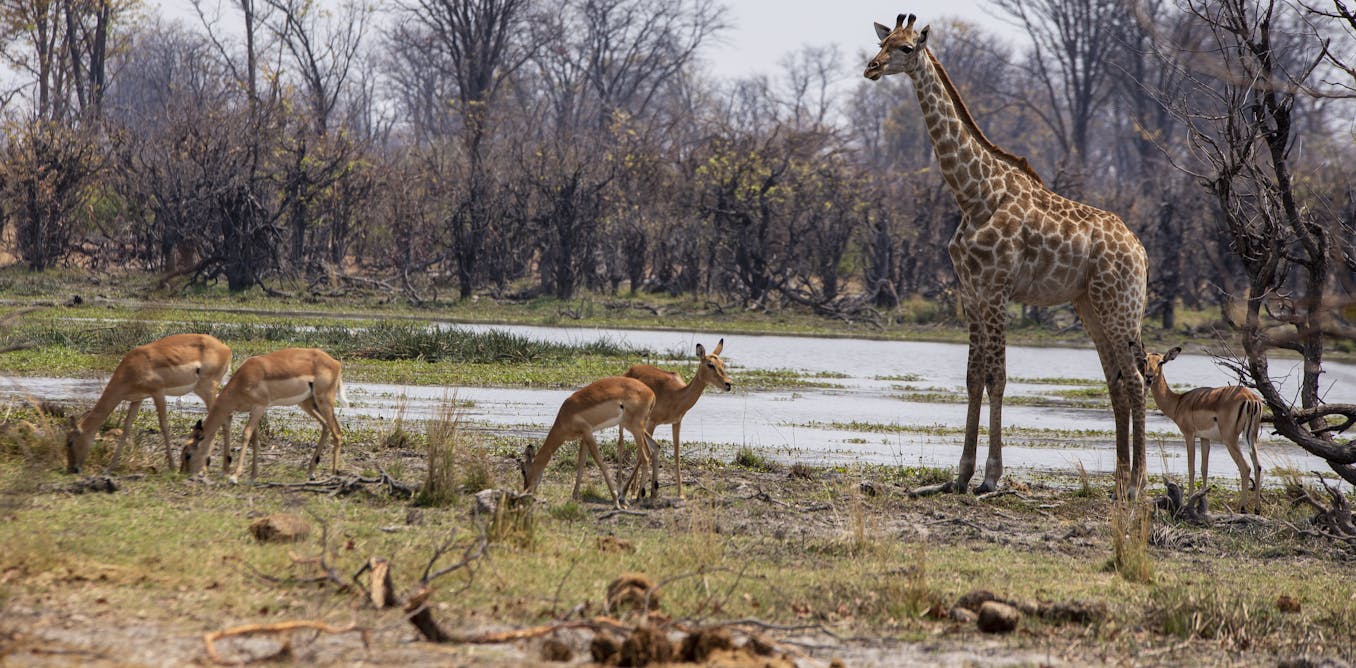











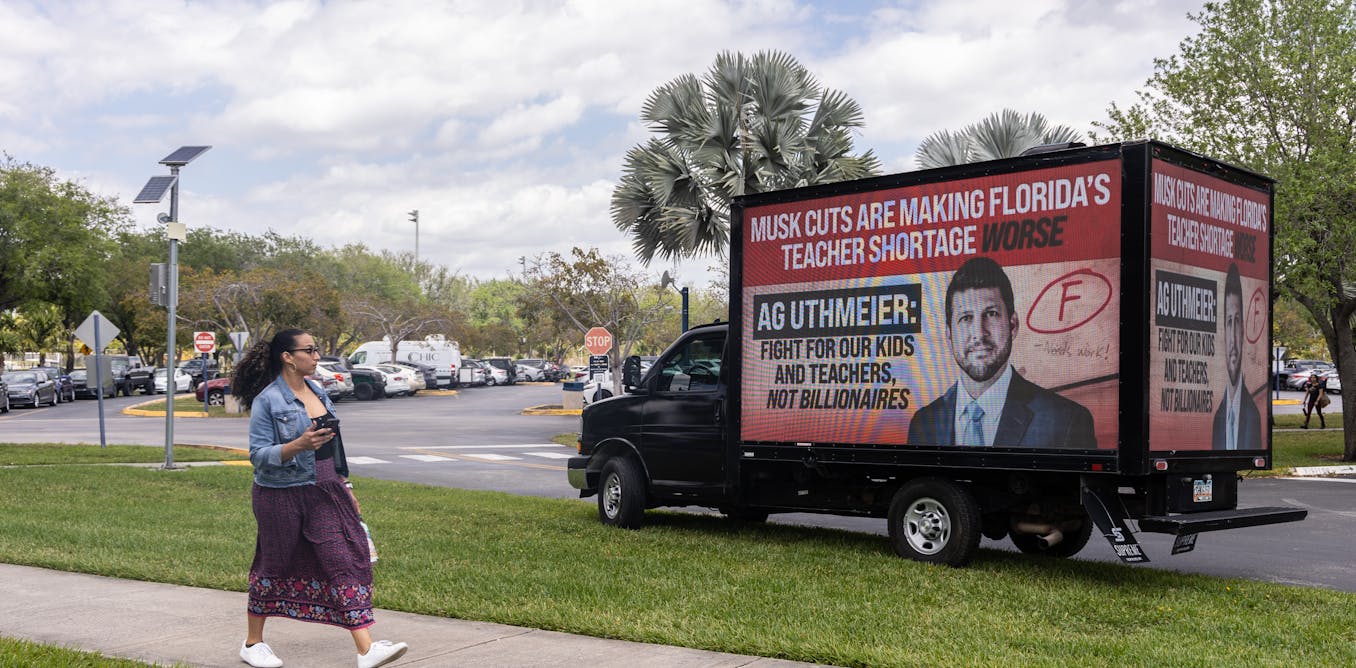





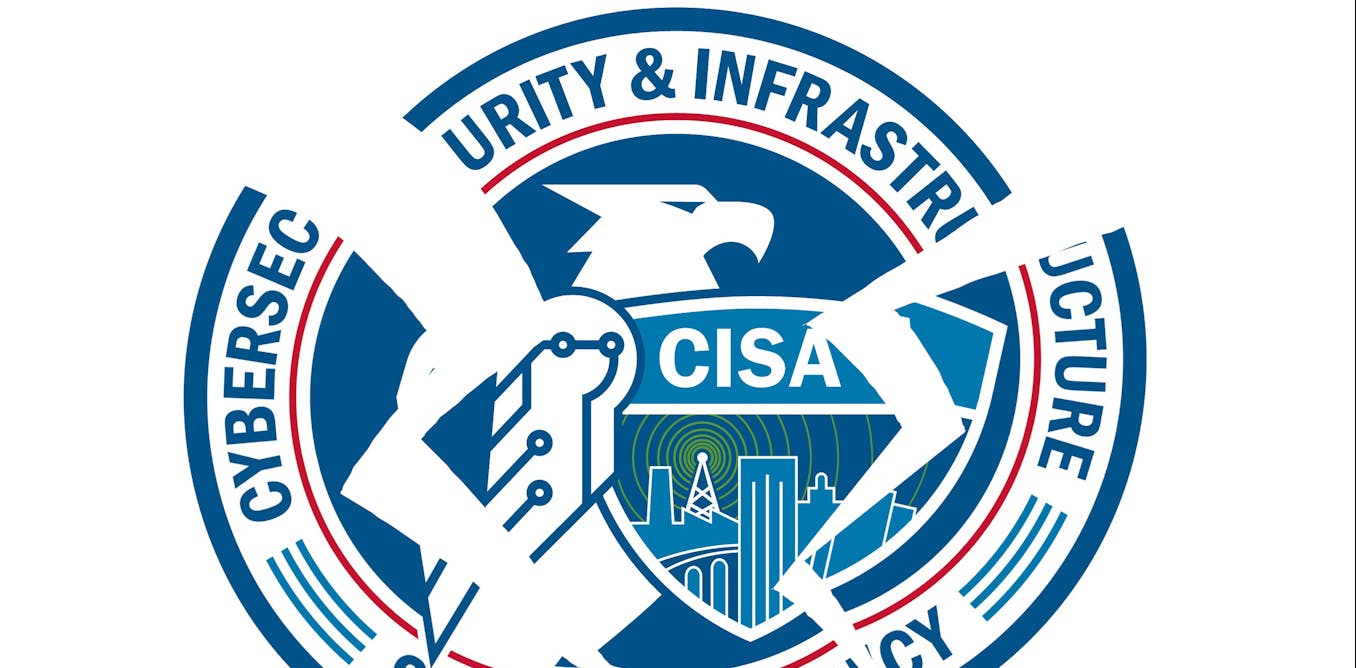
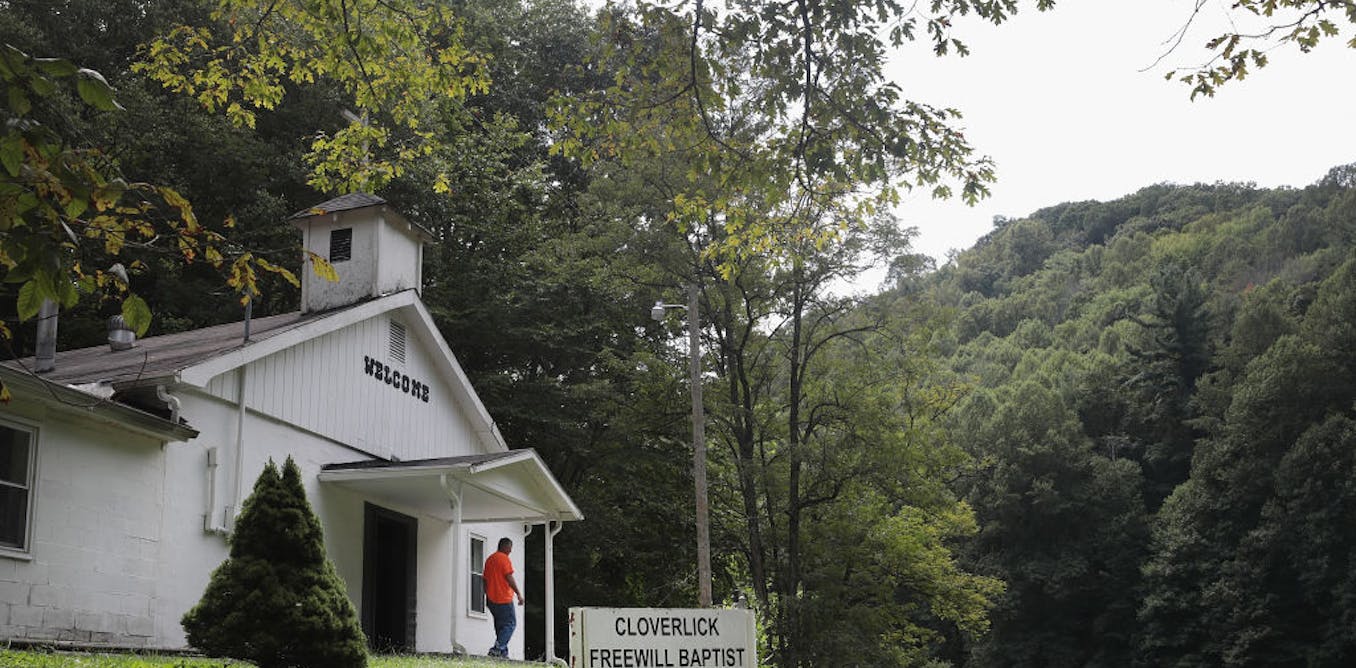





Leave a Reply